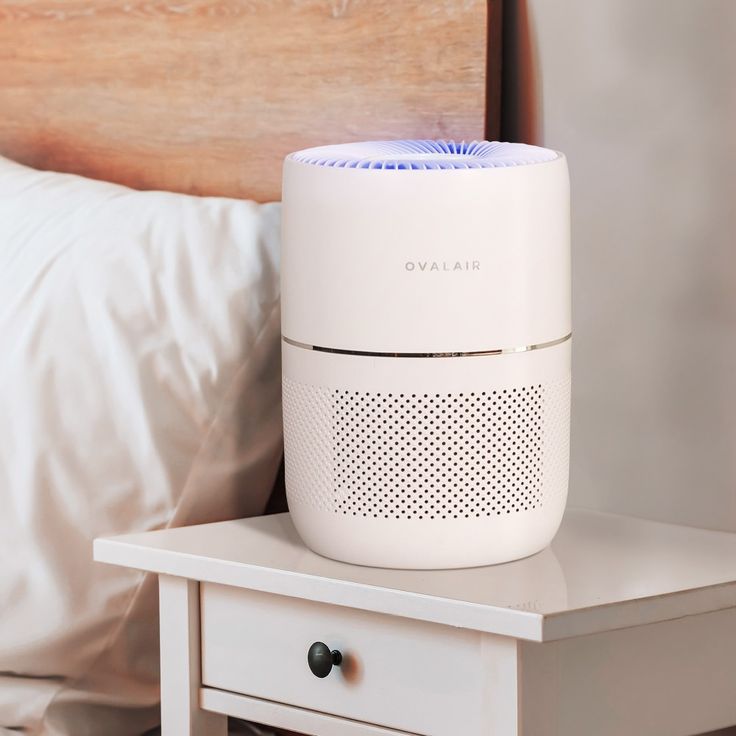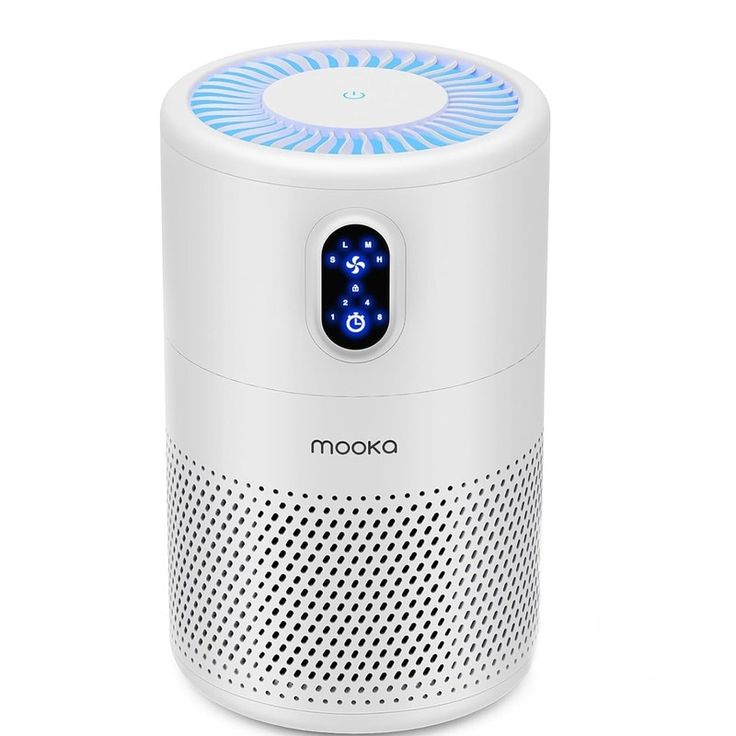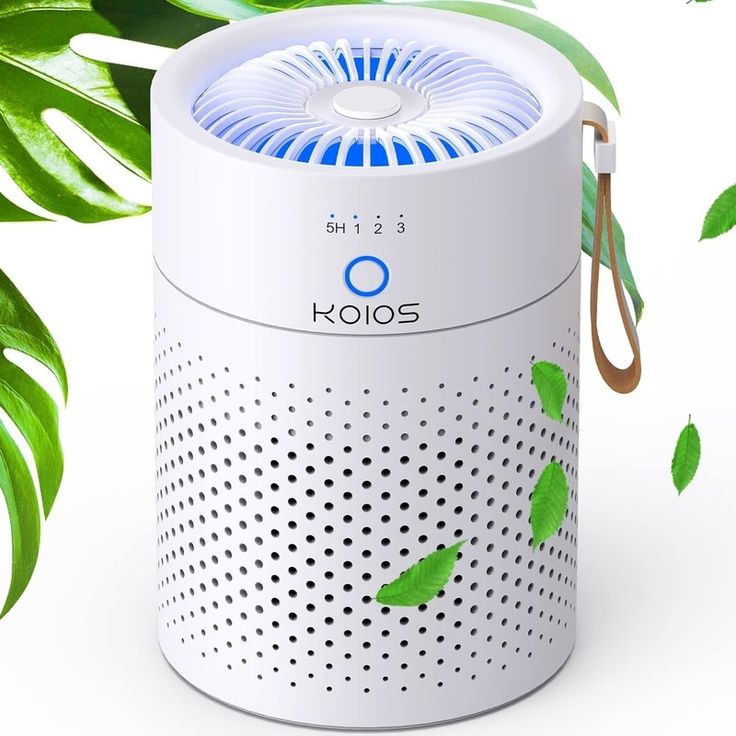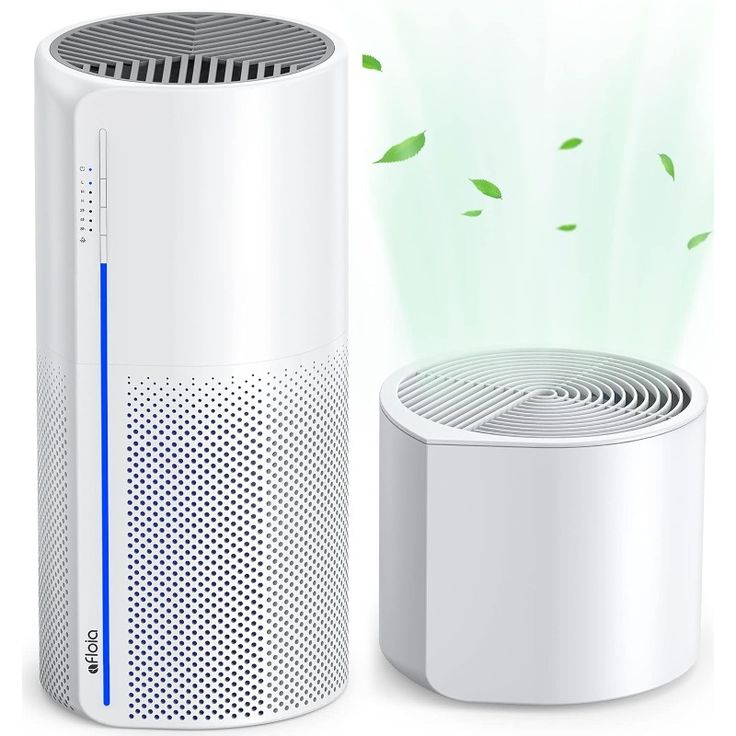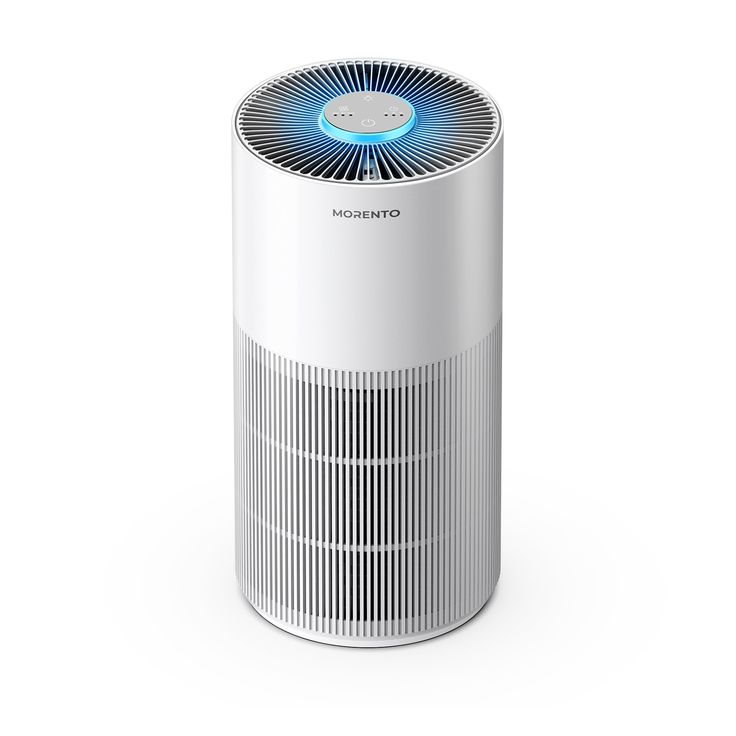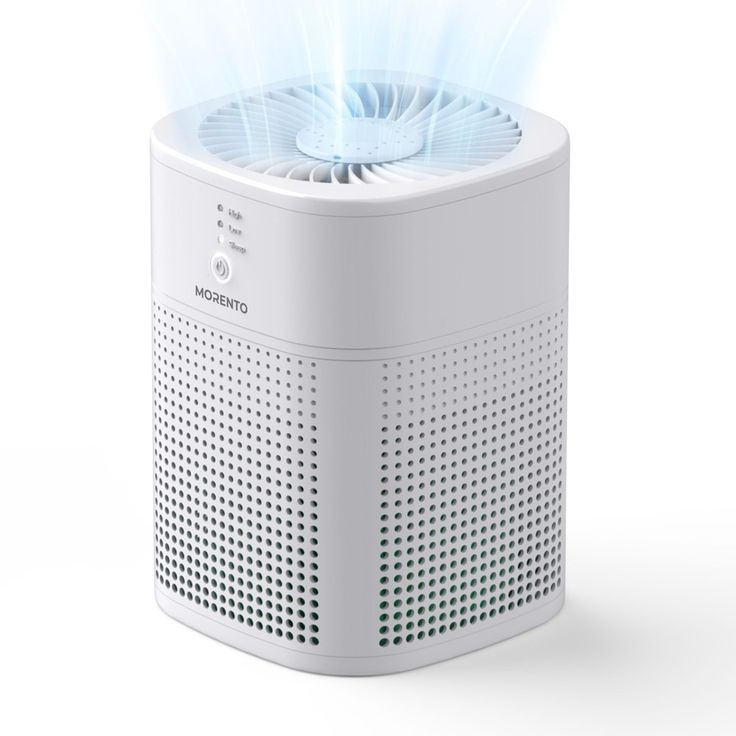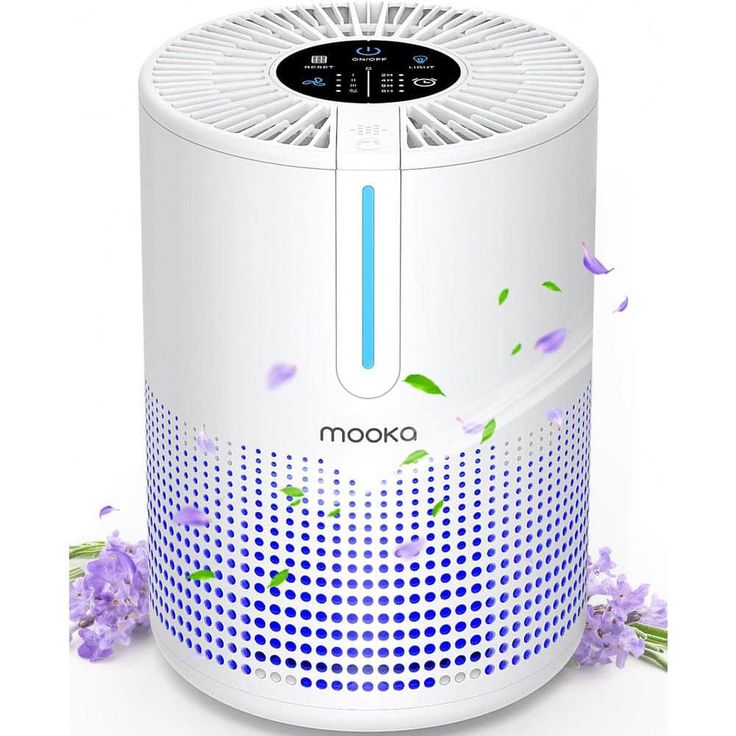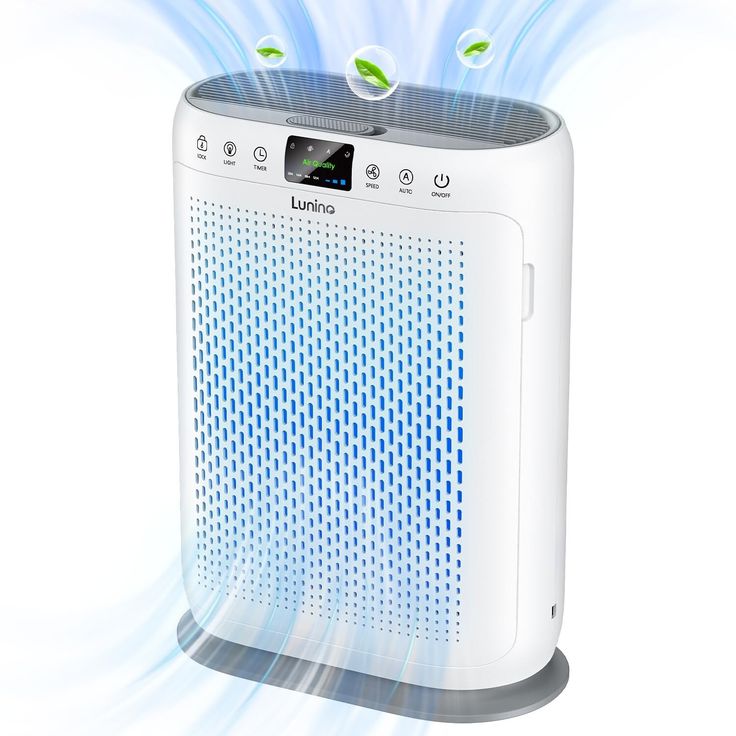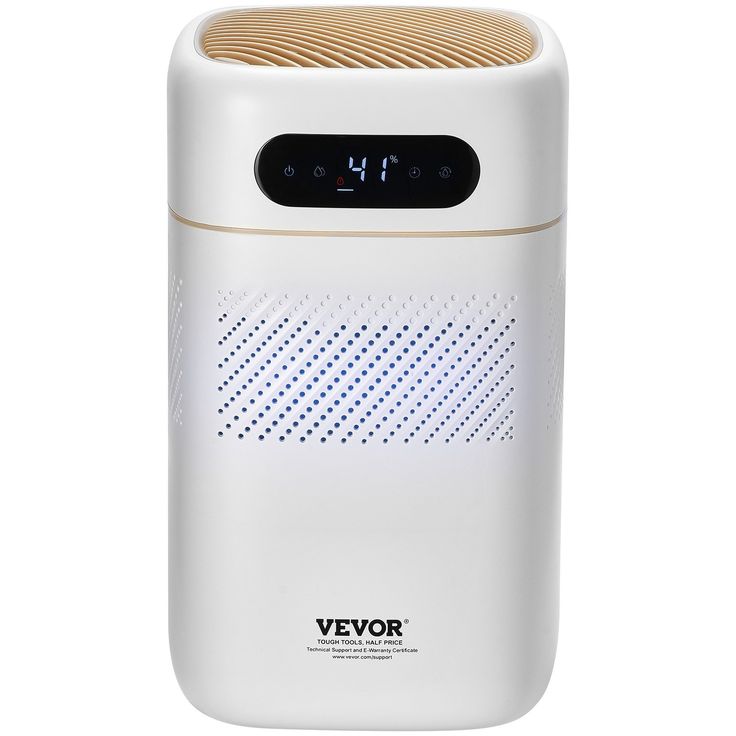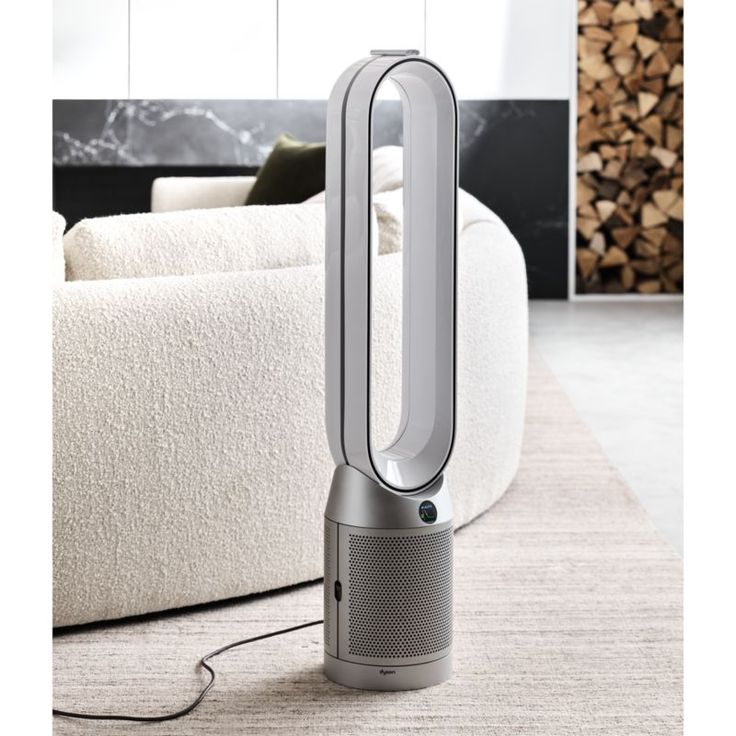Introduction to Air Purifiers in the Bedroom
Bringing an air purifier into your bedroom can transform your sleep space. Clean air is essential for good health, and air purifiers serve as a guardian against pollutants that silently invade our homes. When you consider the benefits of air purifiers in bedrooms, think fresh air without allergens, dust, and harmful particles.
Air purifiers work by trapping these unwanted elements. They circulate indoor air through filters, capturing particles and returning cleaner air. Bedrooms especially benefit from this. We spend about a third of our lives sleeping, making it crucial to have clean air during these restful hours.
Installing a purifier can lead to a better night’s sleep. It can also lead to improved overall health by reducing harmful exposures. This is especially true for those with respiratory issues or allergies.
In the following sections, we’ll dive deep into how air purifiers can enhance sleep quality by filtering out allergens and reducing noise. We will also discuss the various health benefits that come with having cleaner air in your bedroom. Lastly, we’ll go over the best practices for maintaining an air purifier to ensure it runs efficiently for years to come.

How Air Purifiers Improve Sleep Quality
Air purifiers significantly enhance your sleep quality by creating a cleaner and quieter environment.
Filtering Out Allergens and Pollutants
One of the major benefits of air purifiers in the bedroom is their ability to filter out allergens and pollutants. These devices circulate air through layers of filters that trap dust, pollen, pet dander, and other airborne irritants. With fewer allergens in the air, your respiratory system can rest easy at night, leading to uninterrupted sleep and reduced chances of waking up feeling stuffy or congested.
Reducing Noise for Better Sleep
Many air purifiers are designed with noise reduction technology. This feature ensures that the purifier operates quietly, adding minimal sound to your bedroom environment. The soft hum of a running air purifier can even be soothing for some, helping to drown out other disruptive noises that might disturb your sleep. By maintaining a low noise level and improving air quality, an air purifier creates ideal sleeping conditions, fostering a night of deeper and more restful sleep.
Key Benefits of Having an Air Purifier in Your Bedroom
Installing an air purifier in your bedroom offers many health advantages. Beyond providing clean air, they address specific health concerns efficiently.
Removal of Airborne Bacteria and Viruses
Air purifiers equipped with HEPA filters are excellent at capturing small particles. These include harmful bacteria and viruses. By trapping these pathogens, air purifiers reduce the risk of infections. This is particularly beneficial during flu season or in areas with poor outdoor air quality.
Control of Asthma and Allergy Symptoms
Air purifiers significantly help control symptoms for those with asthma or allergies. They remove common triggers from the air, like pollen, pet dander, and dust mites. This leads to fewer asthma episodes and allergic reactions. For asthma and allergy sufferers, an air purifier could be a game changer in managing symptoms and improving life quality.
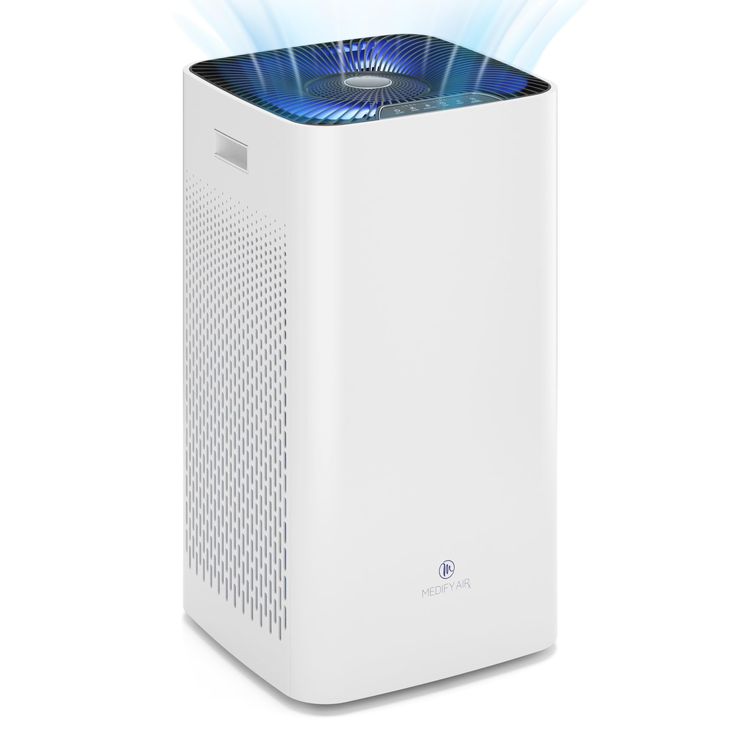
Different Types of Air Purifiers and Their Features
When shopping for an air purifier, you’ll encounter various types, each with unique features.
HEPA Filters
HEPA filters are a standard in air purification. They can trap particles as small as 0.3 microns. This includes most allergens, many bacteria, and some viruses. Such filters are highly effective and recommended for those with allergies or asthma. The high efficiency of HEPA filters makes them a popular choice in bedrooms.
Activated Carbon Filters
Activated carbon filters excel in removing odors and gases. These filters use a bed of activated carbon to adsorb volatile organic compounds (VOCs) and odors. They are ideal for bedrooms if you’re sensitive to smells or chemicals. However, they do not trap particles as small as HEPA filters. Instead, these are often used alongside HEPA filters for comprehensive air purification.
Maintenance Tips for Bedroom Air Purifiers
To keep your air purifier running at its best, regular upkeep is essential.
Regular Filter Replacement
One key aspect of maintenance is the filter replacement. Most air purifiers come with instructions on how often to change filters. Follow these guidelines to ensure your air purifier efficiently traps pollutants. Some signs that you need to replace a filter include increased noise or a noticeable decrease in air quality. Remember, a clean filter equals clean air.
Cleaning and Care Best Practices
In addition to replacing filters, you should also regularly clean the exterior and vents of your air purifier. Use a soft cloth to wipe down the outside. For the inside, use a vacuum with a brush attachment to gently remove dust from vents and filters. Be sure to unplug the unit before cleaning. By taking good care of your air purifier, you’ll extend its lifetime and enjoy fresher air in your bedroom.
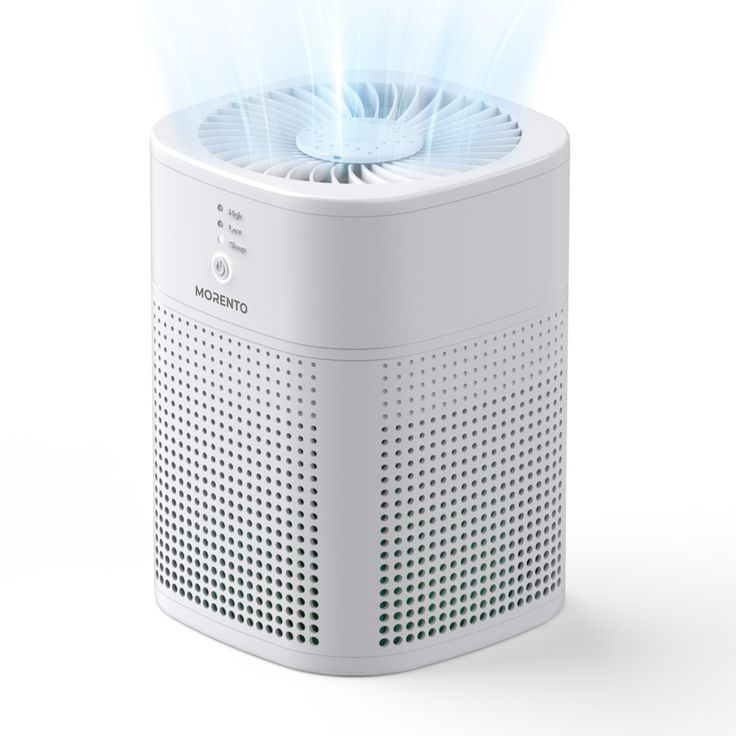
The Ideal Placement for Maximum Efficiency
Choosing the right place for an air purifier in your bedroom can greatly affect its efficiency. The following points should be considered for maximum benefits:
- Near the Bed: Placing the air purifier close to your bed optimizes its effectiveness. This position ensures that the air around where you breathe is cleanest.
- Away from Obstructions: Ensure the air purifier is not blocked by furniture or curtains. This can obstruct the flow of air into the unit, reducing its effectiveness.
- Height Considerations: Some air purifiers work best when placed on a table or a higher platform. It can improve the distribution of clean air if it’s not just on the floor.
- Near the Door or Window: If possible, place it near a source of outside air. This helps in directly purifying the air as it enters your room.
Remember, each room’s layout is different, so you might need to experiment with placements. The goal is to find a spot where the air purifier can operate most efficiently without disruptions.
Conclusion: Making the Decision to Use an Air Purifier
Choosing to use an air purifier in your bedroom is a wise move. The benefits of air purifier in bedroom contribute greatly to better health and sleep. Cleaner air means fewer allergens, which reduces disruptions to your sleep. It means a quiet sleep environment, free from pollutants that could affect your respiratory system. By installing an air purifier, you are making a proactive decision towards ensuring quality air around you, particularly during the many hours spent in your bedroom.
Additionally, air purifiers are a strong defense against harmful airborne bacteria and viruses. This can be vital in keeping illnesses at bay, giving you peace of mind. For those who suffer from asthma or allergies, air purifiers can control symptoms, making a considerable difference in daily life.
When evaluating the benefits of an air purifier, consider the maintenance tips we’ve provided. Regular filter changes and cleanings are essential for your purifier to operate effectively. Don’t forget the importance of its placement in your bedroom for maximum efficiency.
The decision to add an air purifier to your bedroom can contribute to a healthier, more comfortable living space. Its benefits, ranging from pollutant control to noise reduction, are substantial. Reflect on the points discussed in this blog, and you may find that an air purifier is a key addition to your bedroom sanctuary.

